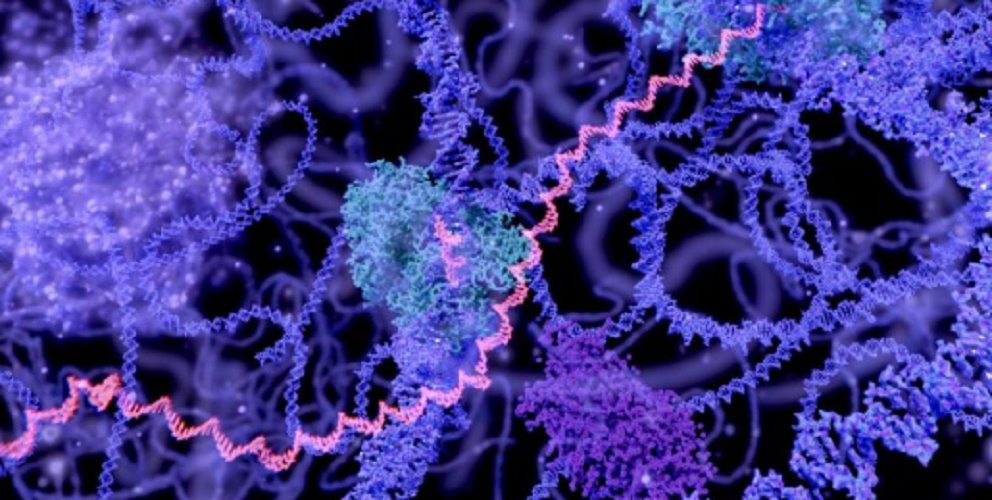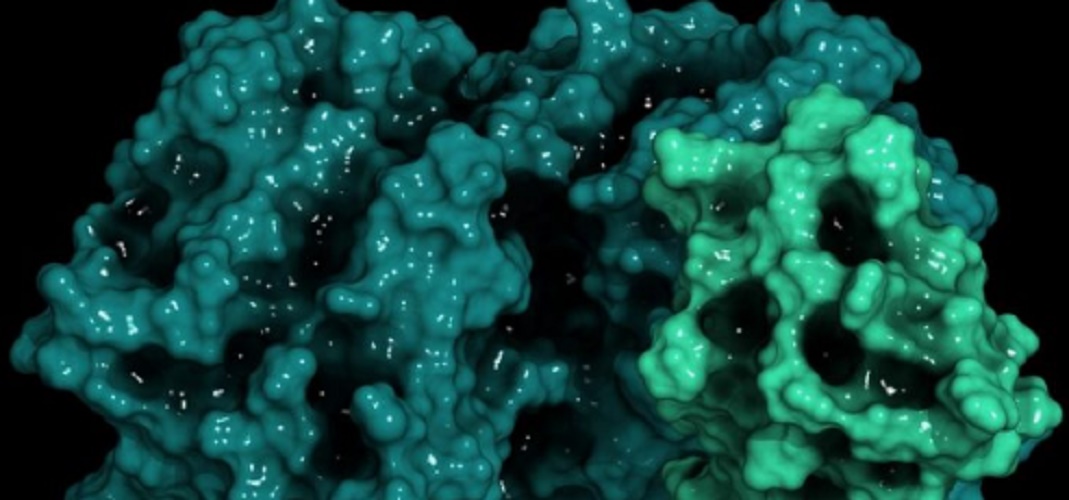What are enzymes?
We explain what enzymes are and their structure. In addition, how they are classified and how these proteins act.
-
What are enzymes?
Enzymes are a group of proteins responsible for catalyzing (firing, accelerating, modifying, slowing and even stopping) various chemical reactions, provided they are thermodynamically possible. This means that they are regulatory substances in the body of living beings , usually decreasing the initial energy required to start the reaction.
Enzymes are essential for life and catalyze around 4000 known chemical reactions , provided that the conditions of pH , temperature or chemical concentration are stable , since enzymes, being proteins, can also be denatured and lose their effectiveness.
The first enzyme was discovered in the mid-nineteenth century by Anselme Payen and Jean-Francois Persoz, although the experiments on the fermentation of Louis Pasteur had already sensed the presence of some “accelerating” organic substance in these processes, which by the time They were considered purely chemical.
Enzymes today are widely known and in fact used by various human industries (food, chemicals, agriculture, oil, etc.), in addition to being an indispensable part of the components that maintain the internal balance of our body , accelerating necessary reactions ( such as those that supply energy), activating and deactivating others selectively (as do hormones) and a varied and so on.
-
Enzyme structure

Most enzymes are composed of globular proteins of very variable size: from monomers of 62 amino acids, to huge chains of around 2500. However, only a few of them are directly involved in the catalysis of the reaction, known as active center .
The sequence in which all these amino acids are assembled determines the three-dimensional structure of the enzyme, which also dictates its specific functioning. Sometimes this structure also has sites to attract cofactors, that is, other substances whose intervention is necessary to produce the desired effect.
Enzymes are highly specific, that is, they do not react with anything or intervene in any reaction. They have a very punctual and precise biochemical role, which they carry out with a very low percentage of errors.
-
Enzyme Classification

Enzymes are classified based on the specific reaction they catalyze, as follows:
- Oxidoreductases . Catalyze oxide-reduction reactions, that is, transfer of electrons or hydrogen atoms from one substrate to another. Examples of them are the enzymes dehydrogenase and c oxidase.
- Transferases . They catalyze the transfer of a specific chemical group other than hydrogen, from one substrate to another. An example of this is the enzyme glucokinase.
- Hydrolases . They deal with hydrolysis reactions (breakdown of organic molecules through water molecules). For example, lactase.
- Lyse . Enzymes that catalyze the rupture or welding of the substrates. For example, acetate decarboxylase.
- Isomerase . They catalyze the interconversion of isomers, that is, they convert a molecule into its three-dimensional geometric variant.
- Leagues . These enzymes catalyze specific substrate binding reactions, by simultaneous hydrolysis of triphosphate nucleotides (such as ATP or GTP). For example, the enzyme deprived carboxylase.
-
How do enzymes work?

Enzymes can operate differently, although always decreasing the activation energy of a chemical reaction, that is, the amount of energy needed to start it. These different modes are:
- Ambientar . Activation energy is reduced by creating a conducive environment for the reaction to occur, for example, by modifying the chemical properties of the substrate through reactions with its own amino acid layer.
- Promote the transition . Transition energy is reduced without modifying the substrate, that is, creating an environment with optimal loads for the reaction to occur.
- Give an alternative route . In this case the enzymes react with the substrate to generate an ES (Enzyme / Substrate) complex that “skips steps” in the ordinary reaction path, reducing the time necessary for it to occur.
- Increases r temperature . Within certain parameters, the enzyme’s action can be accelerated by an increase in caloric energy levels, given by parallel exothermic reactions.





